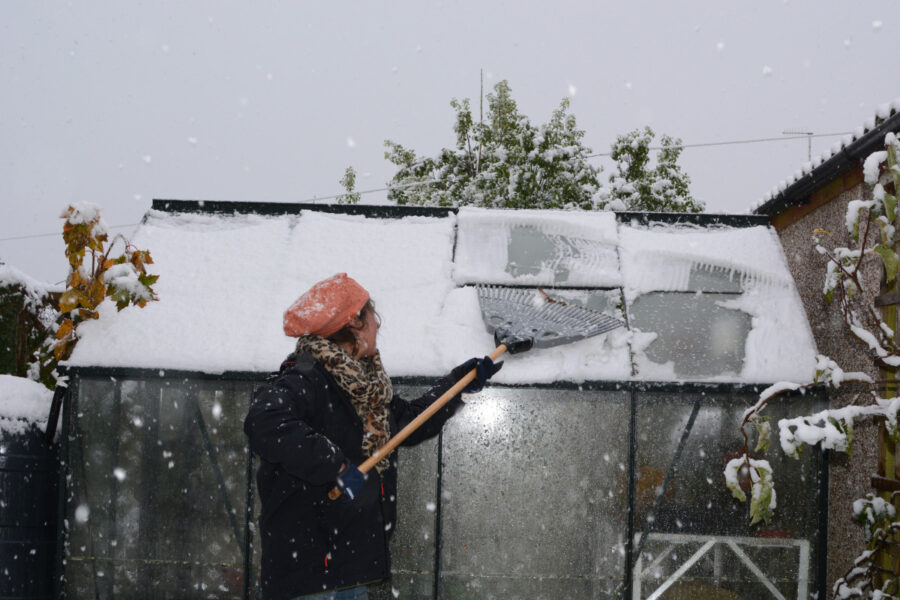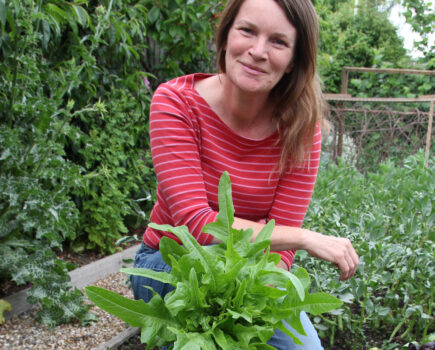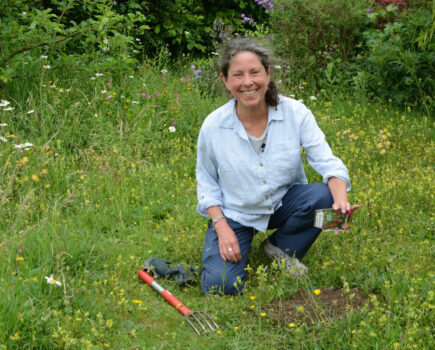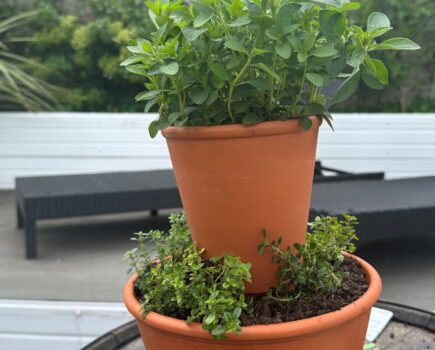Why unexpected snow isn’t the end of the world
Towards the end of November we had a snowy Thursday, which caught me completely unawares because here in South Dorset a respectable delivery of the white stuff is the exception rather than the rule, especially before Christmas.
Unfortunately, because it had stayed pretty mild up until then, our dahlias, canna, chocolate cosmos and a tender pineapple sage were still in their pots on the patio – I planned to move them undercover that weekend.
Deciding that better late than never was the best course of action, I moved them into the greenhouse to thaw, before cutting them back and lifting the tubers to store in dry, frost-free trays.
The danger, of course, was that their compost would have frozen and damaged or killed the roots – I’ll find out next year!
But what can we do to help the garden when a substantial snow dump catches us by surprise?
Snow is an insulator
The first thing is to keep yourself safe, as it’s better to err on the side of caution and remain indoors than do yourselves an injury on treacherous patios and steps.
Most plants will survive a snowfall. They may look dreadful when bowed down by the weight of flakes, but once it melts they will quickly spring back.
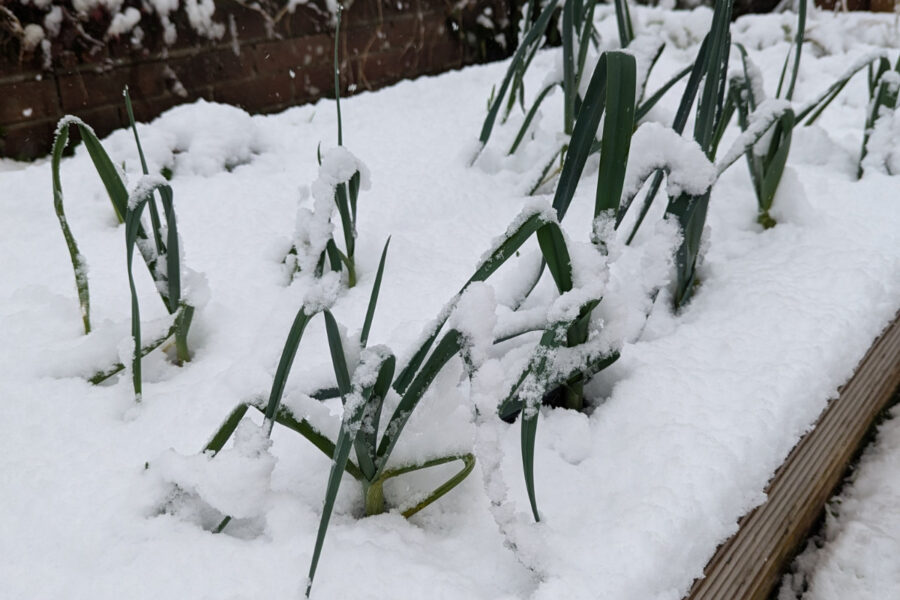
It’s also worth remembering that a blanket of snow on a garden can act as insulation. The small air pockets formed within light, fluffy snow restricts the transference of heat and so helps prevent freezing underneath. It therefore helps protect the soil and roots.
And don’t forget that many edibles, including rhubarb, parsnips and garlic, need a period of winter cold to improve their taste.
If you are worried about slender tree branches breaking under the weight, then brush the snow off (avoiding it landing on your head!) and do the same with the roof glass on the greenhouse.
And once you’ve done that, and remembered to give the birds some extra food and checked they have access to unfrozen water, the best thing you can do is retire into the warmth, pop on the kettle, make a brew and enjoy the beauty of a winter wonderland.
The year to come
Making good changes for 2025

The day after Remembrance Day (almost exactly two weeks before the unexpected snowfall) I was clearing the remains of this year’s tomato crop from the greenhouse, salvaging the last fruits and thinking back on our gardening year.
With the unpredictable weather and seeming lack of a ‘proper’ summer, it was a strange one as I’m sure many other people found, but it wasn’t a complete write-off.

But if this sort of climate behaviour becomes the norm, it’s time to rethink what to grow and how much in future years.
I’ve been sorting through seed packets, writing a list of what I’d like to order and working through each month’s to-do list on the Amateur Gardening wall calendar.
Of course we will still grow tomatoes, but not quite as many as this year when we had plants surplus to requirement even though we gave some away to neighbours.
Tomatoes can be tricksy and prone to diseases at the best of times, and if the trend for cool, grey summers continues, they are not going to be an optimum crop to grow unless you have a greenhouse or polytunnel.
My other plans for this year include shaking up the borders a bit, improving their definition and use of space by dividing and moving plants, ruthlessly removing those that no longer give joy and adding more that do.
I’m going to grow more from seeds, take more cuttings, and be more climate resilient, buying plants that I know will work, rather than adding something completely impractical to my shopping trolley on a whim.
And also, most importantly, I’m going to try not to fret when things don’t go as they should. As AG’s wonderful Graham Clarke once told me, gardening is an ‘inexact science’, and whatever the next year brings, let’s make it a fun ride!
Please share your plans and dreams with us, we would love to know what you are up to in your gardens in 2025. Email editor@amateurgardening.com
Find more tips, advice and articles like this at the Amateur Gardening website. Subscribe to Amateur Gardening magazine now

